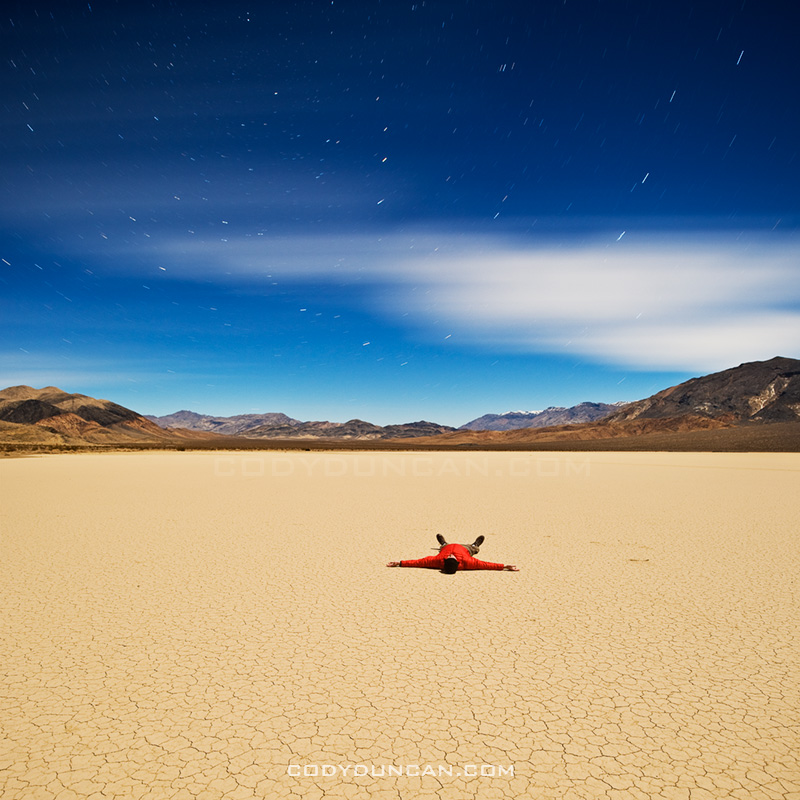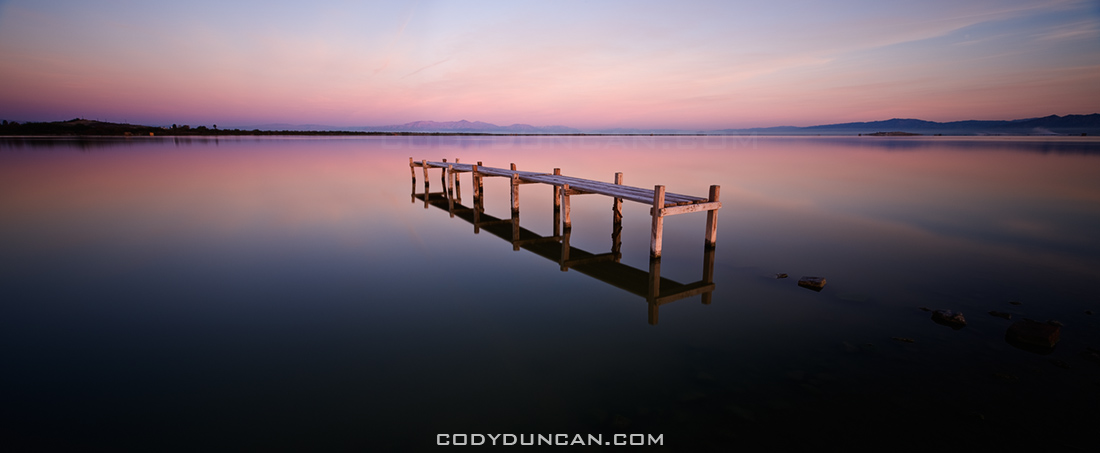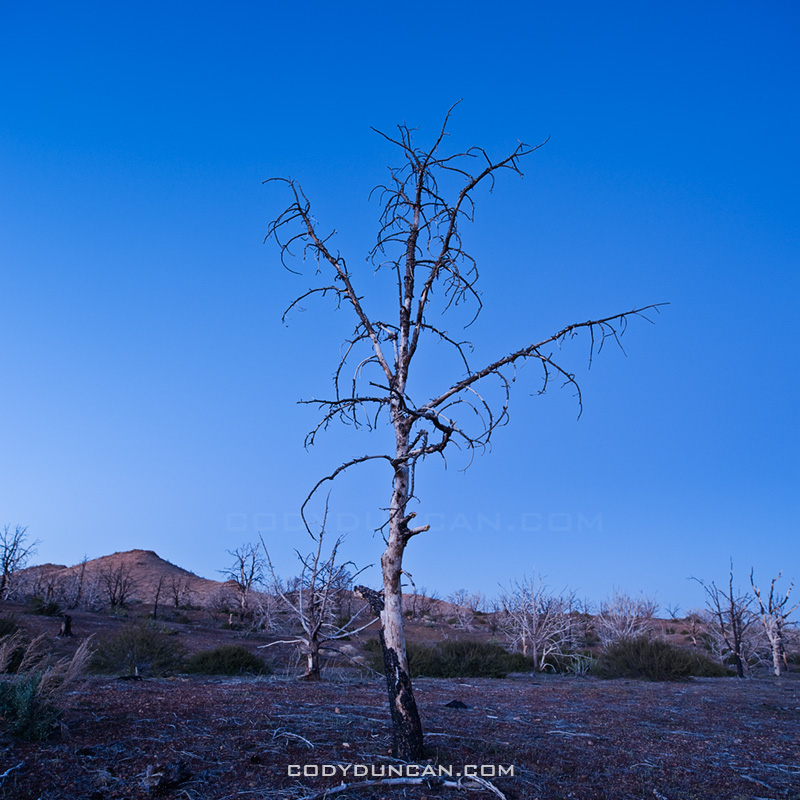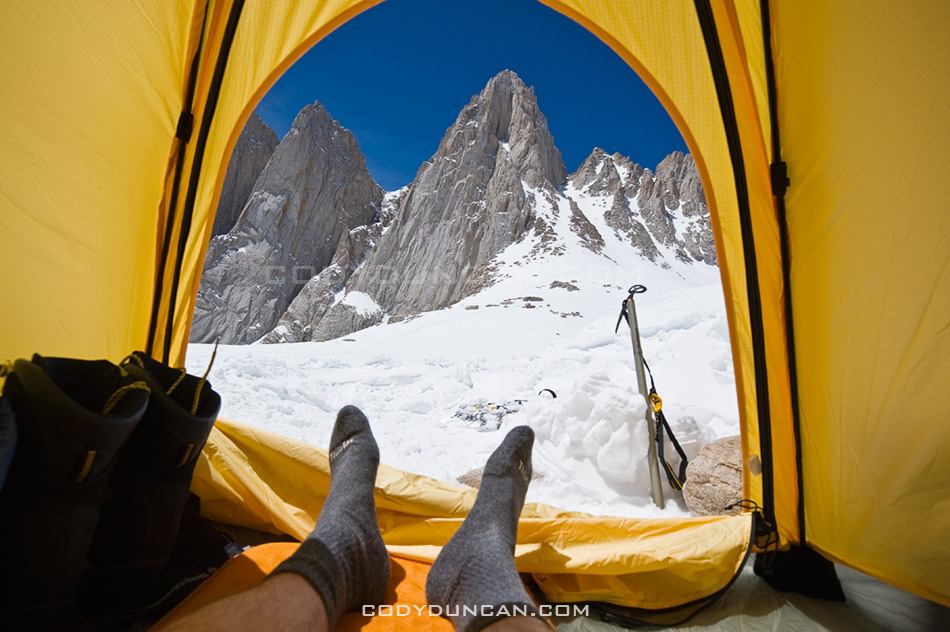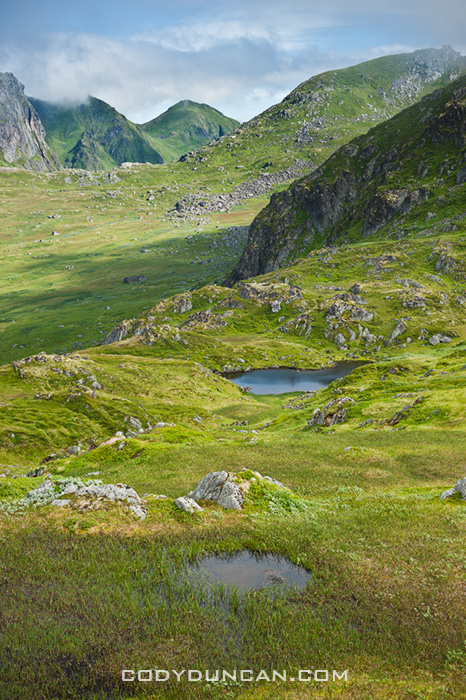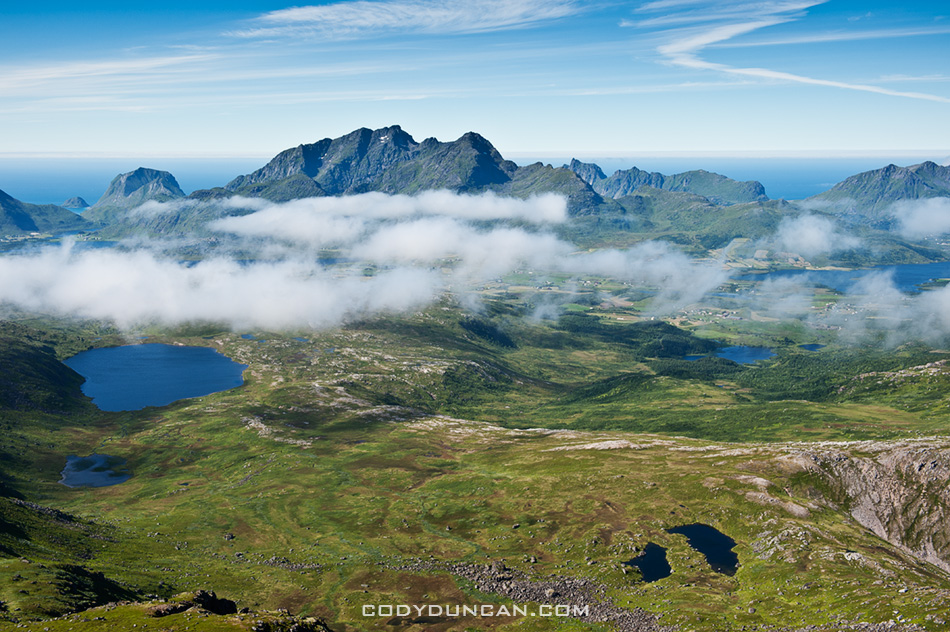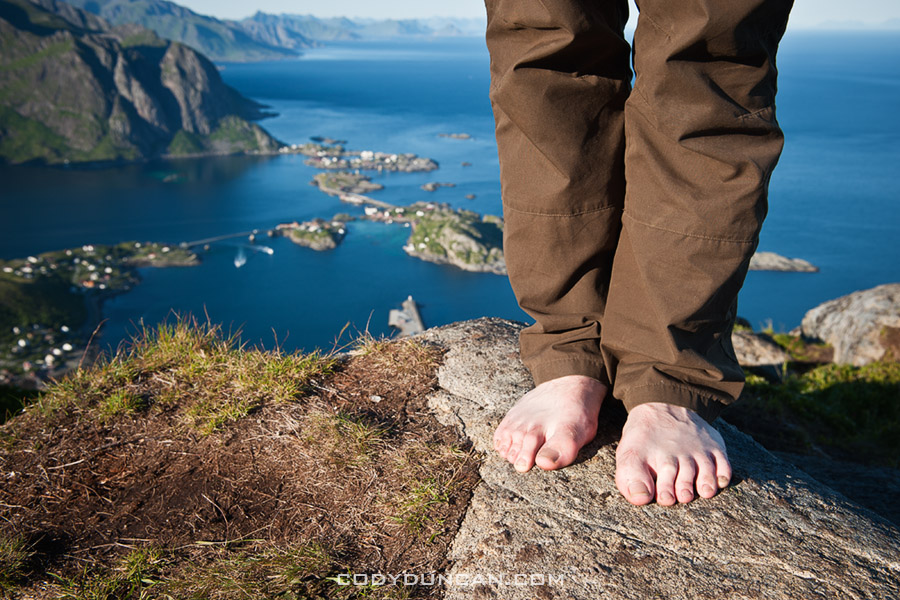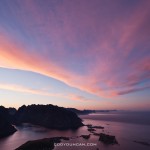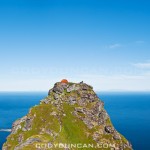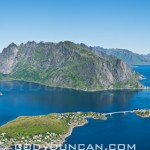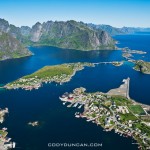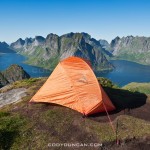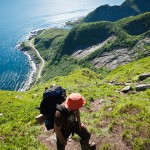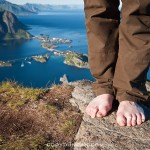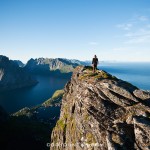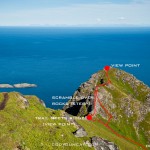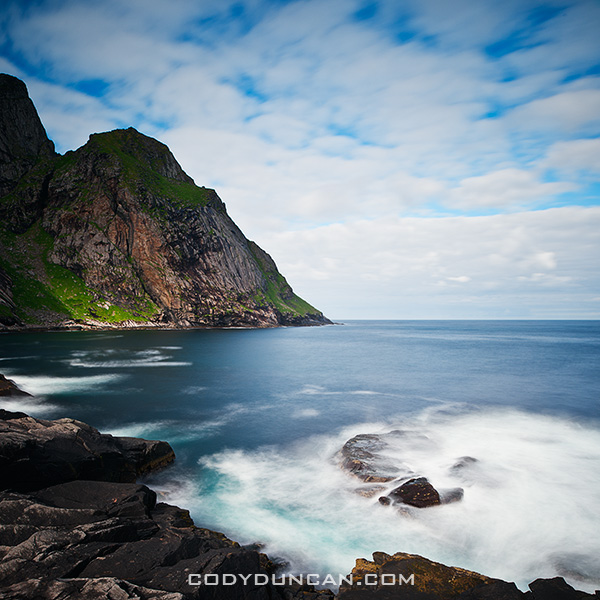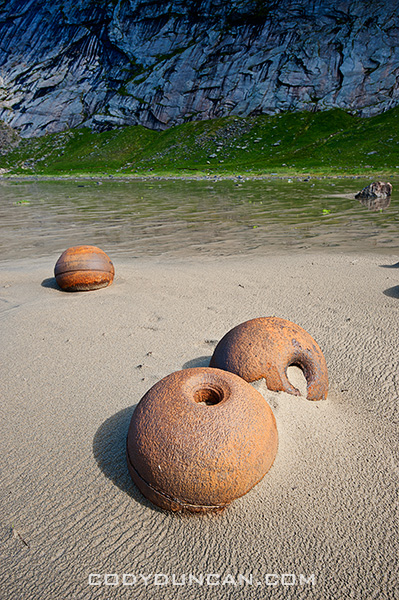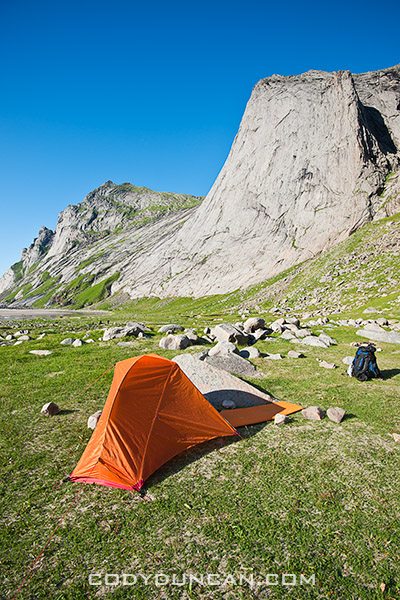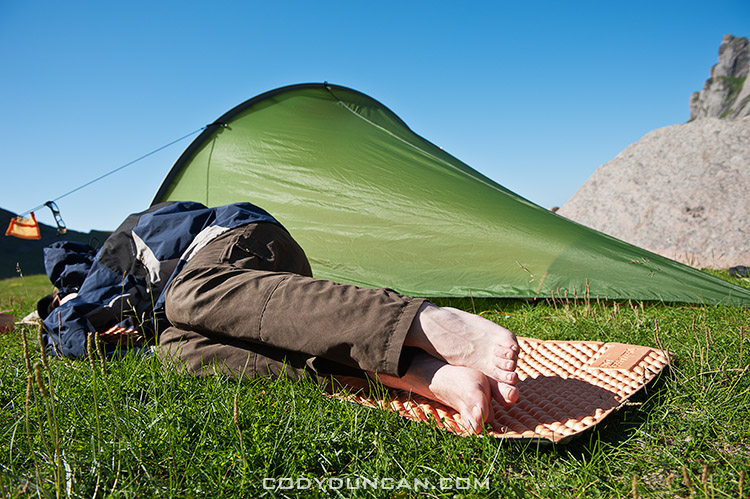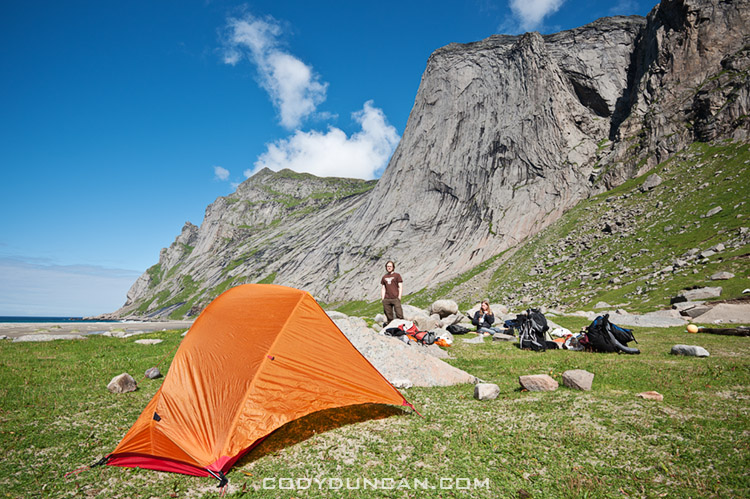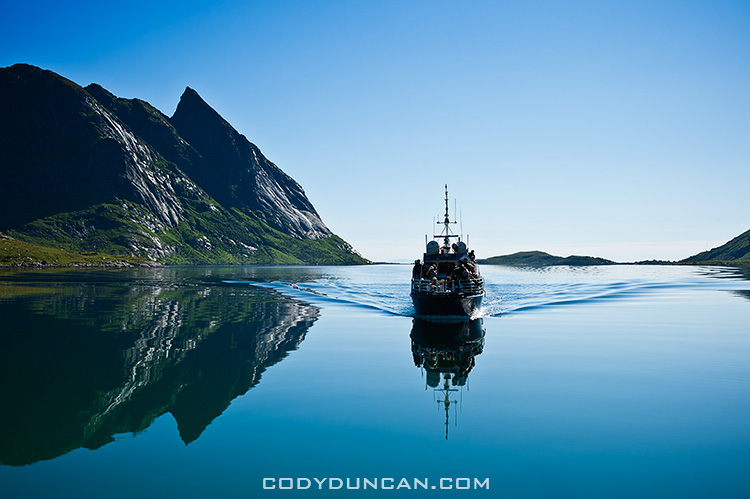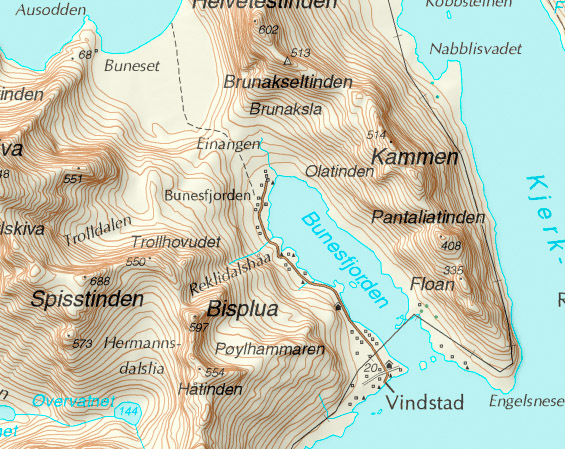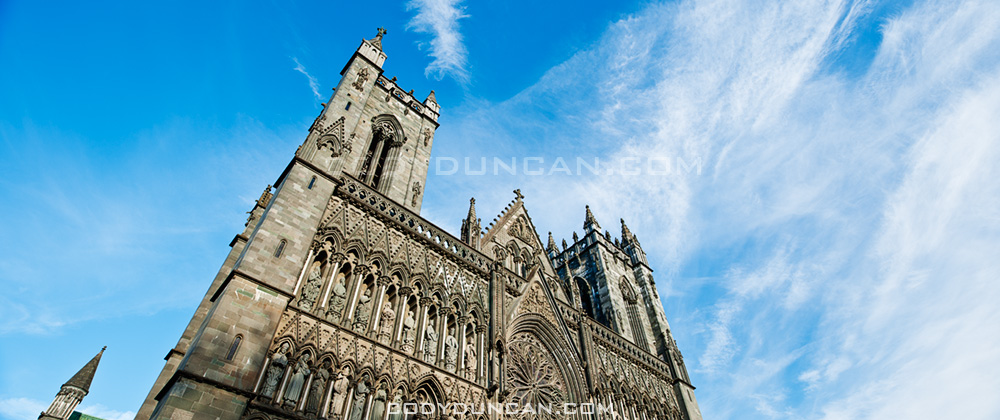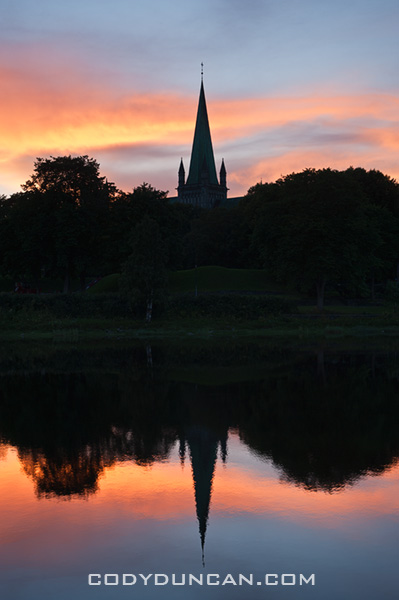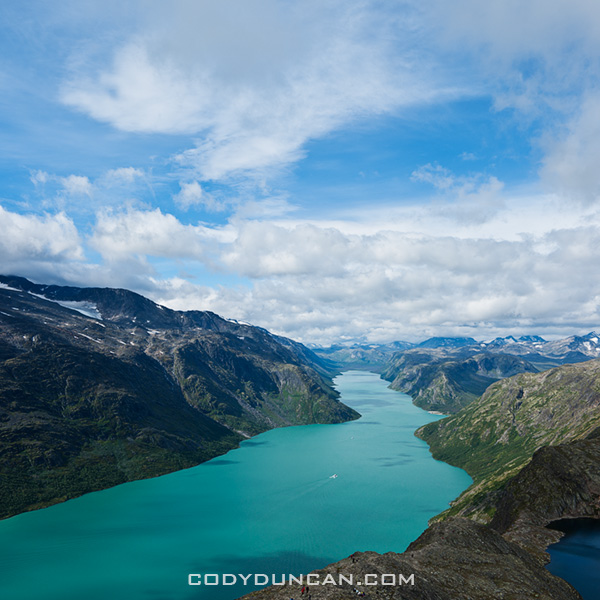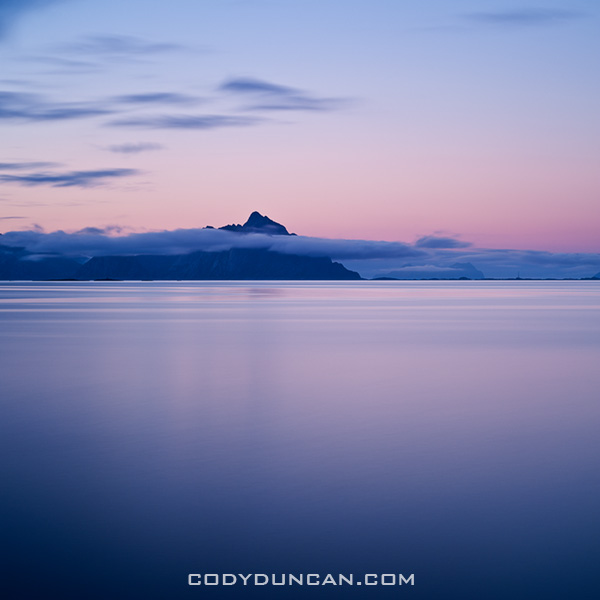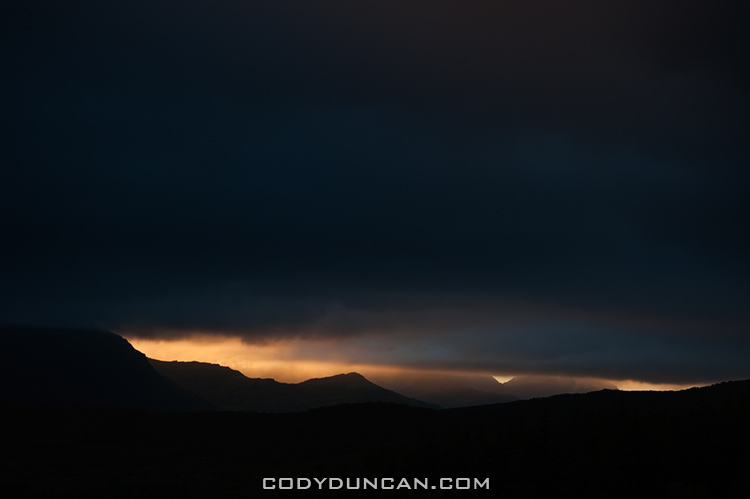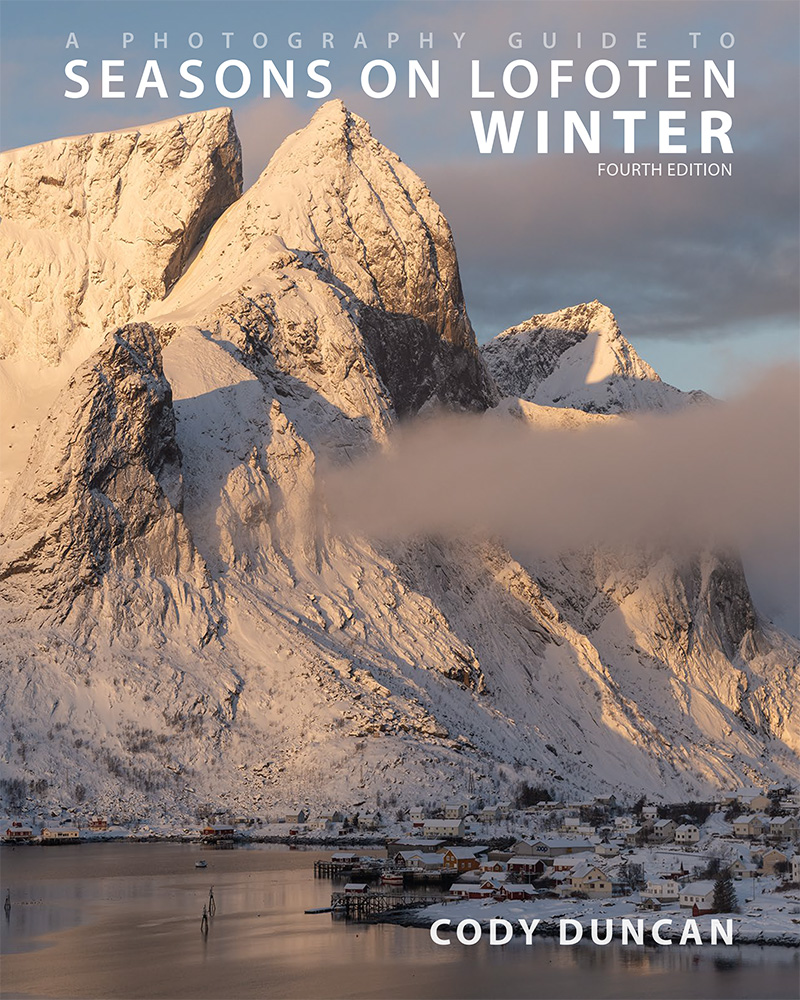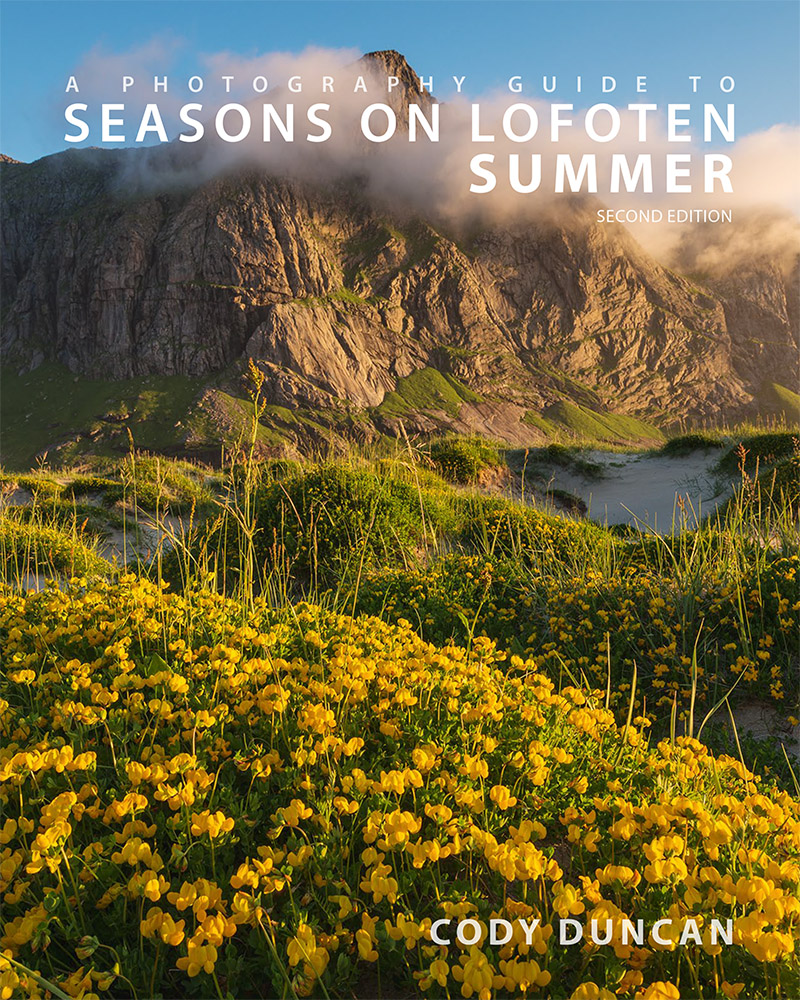Best Photos of 2010 Part II
…Continuing on from my last post: Best Photos of 2010 Part I: January – June. Here are what I feel my best photo’s from the second half of the year are. The peak of this was my July-August trip to Norway’s Lofoten islands and Jotunheimen national park. Otherwise, a week in Scotland at the end of October was really the only other productive period of photography for me.
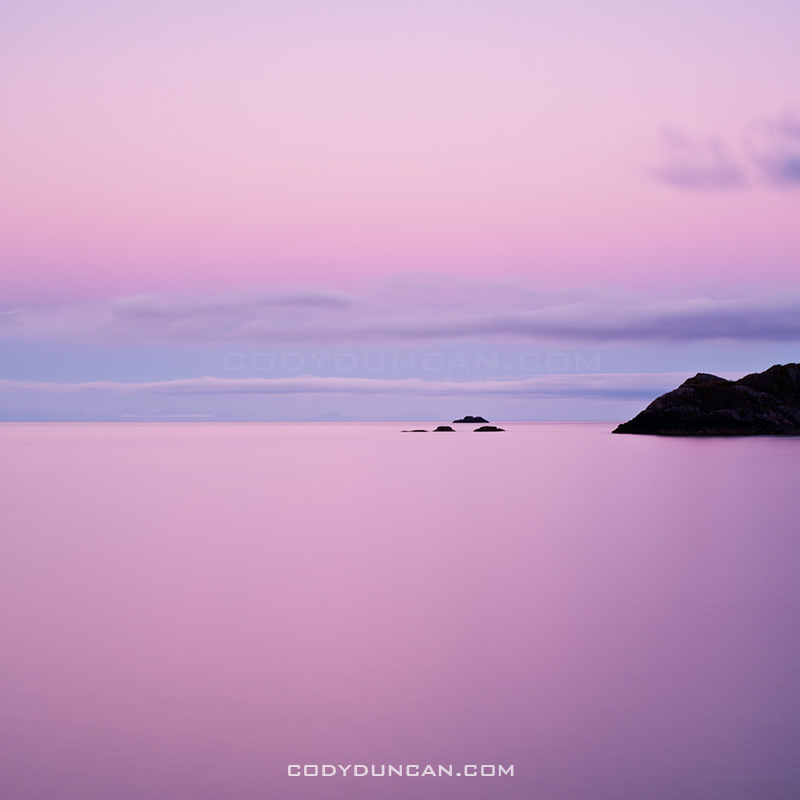
July: Summer twilight over Vestfjorden, Stamsund, Lofoten islands, Norway
The second appearance from the Lofoten islands on this list. While the islands are more commonly pictured as jagged mountains rising from the sea, I feel this image helps portray some other aspects of islands: the sea, the light, the silence. Only towards the end of July does the summer sun leave the sky, yet the night still remains a few weeks away. This leaves an ever lengthening period of twilight as the sun travels further below the horizon. It is during this time when the magical light of the north occurs.
This images was from a calm night, just a short walk out to the coast from the wonderful hostel at Stamsund. I’ve stood in this exact same spot a dozen times, and walked away with a dozen different photos. If I’m lucky, I’ll return again and again until I’m an old man.
Click here to view the entire photo gallery from my Lofoten Islands summer trip.
August: Memurudalen and Muru river, Jotunheimen national park, Norway
This was the view only a short walk from my tent in Norway’s Jotunheimen national park. The weather was good this day, so I stopped here hoping this view would provide something spectacular for sunset. Increasing clouds throughout the day led to a dance of shadows across the land. While the sunset I was hoping for never arrived, I feel this image is an adequate representation of the brilliance of this location. Another place that I’ll have to return to in the future.
Click here to view the rest of my images from Jotunheimen national park.
September: Black mountain, Brecon Beacons national park, Wales
I wont lie, this is more of a filler photo from an unproductive month. It was a nice autumn day out hiking the the Black Mountain, but that’s about it.
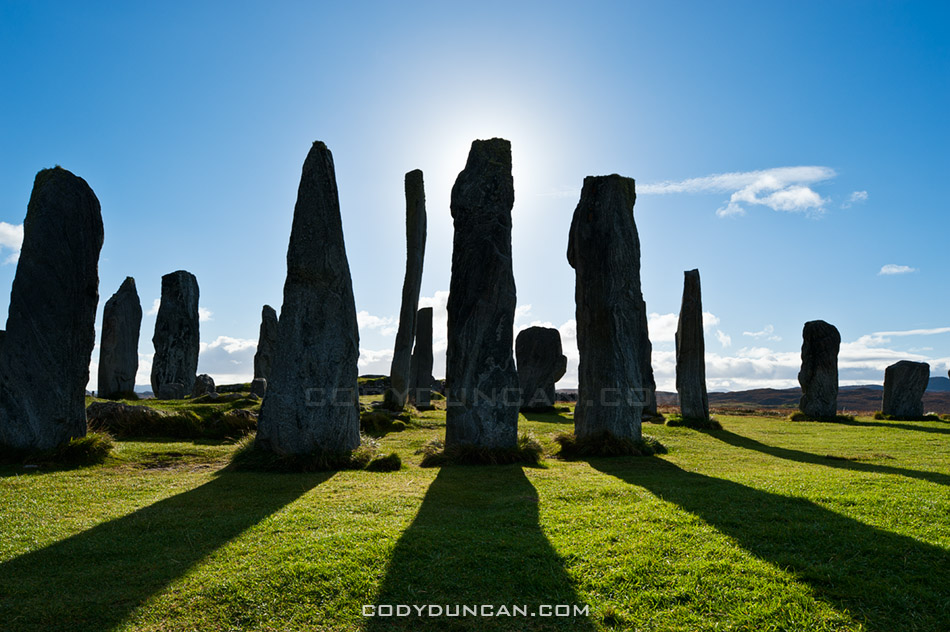
October: Callanish standing stones, Isle of Lewis, Scotland
In late October I found myself out on the Scotland’s Western Isles. I had originally intended to travel here last year, but as normal, plans changed. I got lucky when I arrived at the Callanish standing stones in the late afternoon with clear skies and calm wind, about as good of conditions as can be hoped for out there. This photo is just a simple silhouette, yet for some reason it jumps out at me.
Click here to view photos from my Western Isles trip.
![]()
November: Pen Y Fan and Corn Du, Brecon Beacons national park, Wales
I was a bit torn as to what to add here as late November brought a deep freeze to the UK, but I thought this image of the last day of autumn (before the snow) just had some magical light. Typical Welsh weather of clouds, sun and shadows while hiking around Pen Y Fan in the central Brecon Beacons mountains.
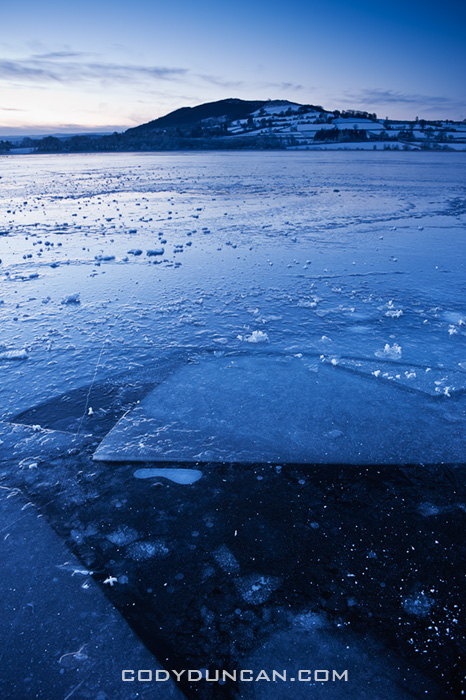
December: Winter ice covers Llangorse lake, Brecon Beacons national park, Wales
Llangorse is the only sizeable lake in the nearby area. Despite this, the beginning of December was the first time I’ve ever been there. And that is mostly because the roads have been too bad to go anywhere else. For some reason I became slightly obsessed with getting a proper frozen lake image. On my first visit I fell through some ice and had to leave early before any decent light. With my second time I was greeted with impenetrable fog. Finally on my third visit I had some clear skies, though the light is nothing special. The surface of the lake is a bit messier than I would prefer, but at least the broken pieces of ice add some interesting shapes to the image.



